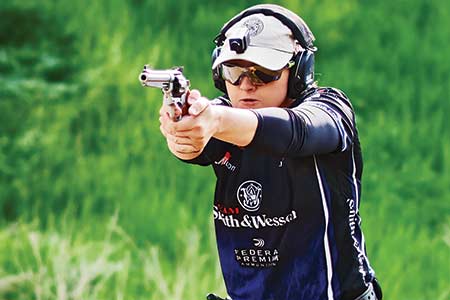Blaser Introduces the F16 Shotgun and R8 Rifle Intuition Line Specially Crafted for Women
/CRAFTED FOR LADIES: R8 INTUITION AND F16 INTUITION
A perfect design insures the perfect shot. The right fit of the gun is everything when you want to be a successful hunter or shooter. With the Intuition models Blaser now offers rifles and shotguns featuring a purpose built stock which takes into account the anatomy of women. A specially adapted stock with a reduced pitch angle and slender pistol grip rests comfortably in the shoulder and insures positive trigger control. This not only minimizes recoil comfortably, keeping you on target, but also leads to natural intuitive shooting.
F16 INTUITION – THE BLASER SHOTGUN FOR HER
The very low profile receiver of the F16 forms the ideal basis for a shotgun that is perfectly tailored to the needs of the huntress. For the F16 Intuition, the engineers at Blaser took it a step further and decided to go for less drop at the comb and additional cast. The F16 Intuition’s specially shaped, compact Monte Carlo stock, with a stock length of 350 mm, provides the huntress with optimum target acquisition and perfect fit. The benefits to the huntress are clear: she can comfortably rest her face against the stock to get into the optimal shooting position. Her shoulders and neck will be relaxed allowing better movement from any shooting position and a swifter acquisition of the target. Due to the shorter stock the distance between the pistol grip and trigger as well as the distance between the butt plate and trigger is reduced. The pistol grip now boasts finer features to easily accommodate a smaller hand reducing the risk of flinching. Additionally, recoil management has been addressed by making the recoil pad even softer, ensuring better absorption and steady placement in the shoulder. Shooting becomes more comfortable. Huntress and shotgun become one.
Visit Blaser for more information. www.blaser-usa.com










